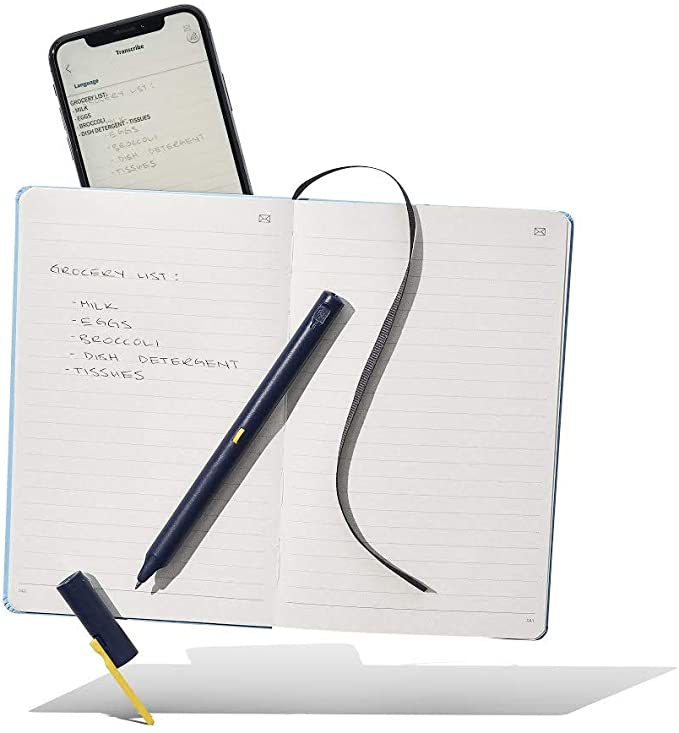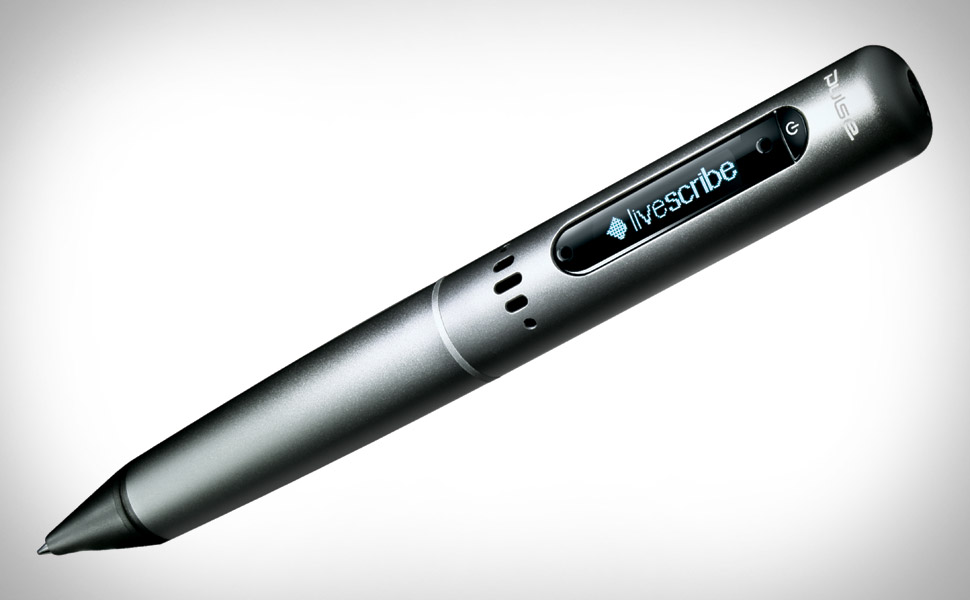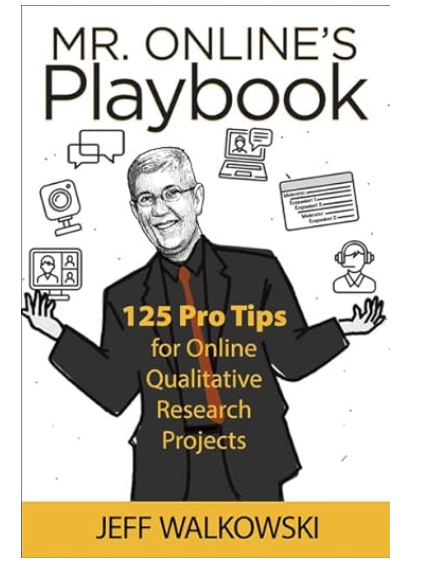From interviews to family table conversations, here are some ways to keep the calm and carry on
Indeed has put together a nice list, much of which involves listening and focusing on the person(s) with whom you’re speaking. People loooove to talk about themselves, so this is a nice parlor trick if you haven’t already figured it out. An abundance of conversation starters from Readers Digest here claim to make you more interesting.
If you’re like me, you remember names the way others remember license plates, so I repeat the person’s name over and over to myself after being introduced, hopefully silently. This doesn’t always work. What do you do?
Asking people questions about themselves, particularly ones that require an explanation or at least something beyond a simple yes or no response is a guaranteed winner. By getting them to talk more, you have more info to mine when asking follow-ups.
Listening was clearly dropped from the American academic curriculum, so a reminder to STFU while also paying attention to their answer.
My personal tip when in a group network? Ask and learn about one, maybe two, people at a time. More than that and you missed your calling as a game show host.
More tips provided by Indeed seem obvious, but you’d be amazed how many people don’t put them into their own practice. Basic advice like:
- Introduce yourself (people appreciate not having to ask)
- Say something about yourself (ideally a shared experience)
- Ask for (or offer to) help
The latter surprised me at first, but makes sense when you realize that people like to be able to help (and appear to help) as much as they love talking about themselves. Get them talking about themselves and how they’ve helped, sit back with the cocktail nuts. Humans are fascinating.
Here’s to smooth sailing on your next opening sentence!






















